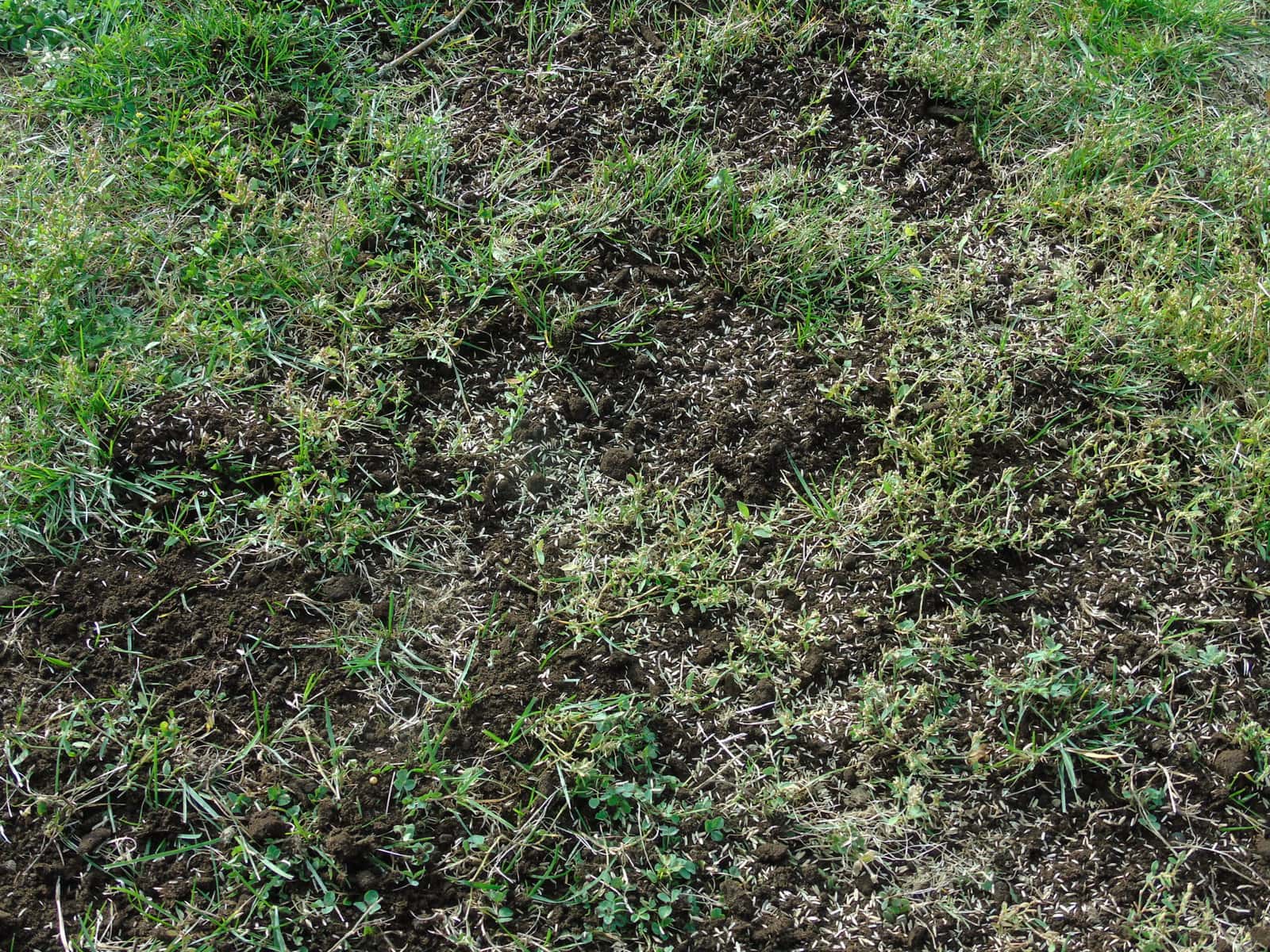Most homeowners like to take pride in their lawns.
We love it when our lawns are full and lush green without a single weed disrupting it.
Most of us struggle, however, when it comes to maintenance.
It seems like there is always something more that needs to be done to make them that perfect carpet that we envision.
Thankfully, we are using fewer chemical-based herbicides and pesticides to try and control weeds and the different insects that attack our lawns.
Here are four tips:
Seed, seed and more seed: One of the most effective ways to keep your lawn full is by sowing more seeds once or even twice a year, which will also help to choke out some of the weeds.
Whenever there is a bare spot in your lawn, nature will fill it in with a weed, meaning the thicker the lawn, the less space there is for weeds to grow.
Applying a good quality seed, once in the spring and once in the early fall, will pay big dividends.
Before putting down new seeds, lightly rake over the area in order to loosen the packed soil. Then, apply a thin layer of topsoil or compost. Scatter the seed with a spreader, or even by hand if you wish and rake lightly to hide the seed from the birds. Keep evenly watered until the seed germinates, usually in seven to 14 days.
Grass seed is often sold in a mix of Kentucky bluegrass, perennial ryegrass, and fescue grass. This is done to create a lawn that can fight more diseases and is more tolerant of adverse conditions. If you would like to thicken up an existing lawn, choose a mix with a higher percentage of ryegrass. Fescue grass is finer texture than the other two kinds, but is more shade tolerant. If seeding a shadier area of lawn, choose a mix with more fescue.
Feed your lawn: It is always best to leave the grass clippings on the lawn when mowing, unless there is an excess of clippings that might cause yellowing.
As grass clippings decompose, they are a good source of nitrogen and moisture for the lawn. Most lawns need regular fertilizing to stay thick and healthy.
Before going out to purchase fertilizer, measure the square footage of your lawn, so you know how much to buy. Try to use organic-based products whenever possible. Most organic fertilizers have lower percentages of nitrogen, phosphorus and potassium, but provide a slower, longer feeding than chemical-based fertilizers.
Your first feeding in spring should be higher in nitrogen. Your summer feeding should be lower in nitrogen and higher in phosphorus and potassium. Allow at least six weeks between feedings.
Mow high: An essential part of keeping a lawn healthy is regular mowing. Mowing your lawn once a week will be sufficient.
If you are feeling energetic, mowing twice a week during the month of May will produce a markedly thicker lawn, which is the best way to fight weeds.
Keep the mower blades sharp, and cut at a height of two to two-and-a-half inches. In the hot and dry summer months, you want to leave the grass to grow taller, to three to four inches.
Mowing once every two weeks or less is not recommended. Infrequent mowing will cause your lawn to thin out—a lot. When it is extremely hot, do not mow in the middle of the day.
Water deeply: Water your lawn deeply, but not too often, to promote the growth of deep roots. Apply about one inch of water, only when needed: usually no more than once a week.
To measure how much water you have applied, place a small tuna or pet food can on the lawn. Stop watering when the can is full. Too much water starves the soil of oxygen and invites disease.
It is better to give your lawn one inch of water at one time than a quarter-inch four times and week. One inch of water penetrates the soil deeper and will remain longer. A bit of water at a time will quickly evaporate and does little good.
Along with these four tips, it is important to monitor your lawn on an ongoing basis.
The quicker you notice a problem and deal with it, the quicker your lawn will recover.
Joanne Young is a Niagara-on-the-Lake garden expert and coach. See her website at joanneyoung.ca.











